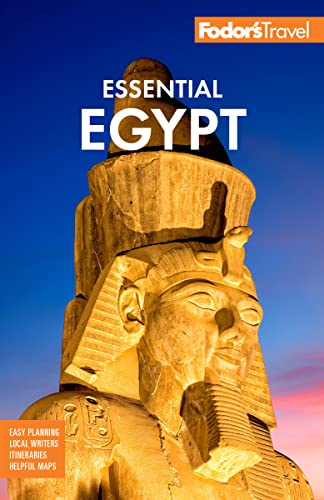Street Food in Cairo
Cairo’s impatient masses demand tasty, cheap food—and they want it now. The capital’s myriad of take-away outlets, stand-up diners, and snack stalls cater to 18 million inhabitants who are always on the move.
Wherever, whenever a craving hits, you can find something to satisfy it. An army of food vendors occupies busy streets and sidewalks, dishing out quick meals and tasty nosh to diners in a hurry. It’s all there: grilled meats, felafel, spicy sandwiches, and even a carb-fest in a bowl known as koshary. For a feast of choices, follow the crowds and discarded paper wraps to the hole-in-the wall eateries that line the pedestrianized streets of Ezbekiya, the streets near Maydan Tala’at Harb, and the far end of Shar’a Gameat al-Dowal al-Arabiya in Mohandiseen. Most places stay open obscenely late, and there’s always something to hit the spot. Pushcart vendors also ply the capital’s streets, peddling seeds, sweets, and other tasty snacks. They congregate near busy squares and transport hubs, gravitating at night to the Nile Corniche, where a carnivalesque atmosphere prevails until the wee hours.
Juicy Drinks
Cairo’s brightly colored juice bars attract thirsty customers and press whatever is in season into delicious juices. Order a chilled glass of orange, mango, guava, banana, strawberry, lemon, carrot, pomegranate, tamarind, cantaloupe, or watermelon juice—or a combination. Most juice bars also stock a forest of sugarcane for making aseer asab (sugarcane juice). You’ll also find street stalls selling iced aseer tamr hindi (tamarind juice) and sobia (a refreshing blend of milk and coconut milk).
Fuul
Fuul is the staple of low-income, strong-stomached Egyptians who eat it for breakfast and often for lunch and dinner as well. It’s a slow-cooked stew of whole and mashed fava beans and spices served in a bowl, or tucked inside a piece of flatbread. Packed with protein and carbohydrates, it’s filling and nutritious, provided you go easy on the oil. You’ll find fuul served at most restaurants, but locals swear the best is dished up at some of the capital’s 25,000 street carts. Look for tasty variations: fuul iskanderani (with chopped tomatoes, onions, and coriander) or fuul bi zeit al-harr (with hot, spicy oil). And keep an eye open for fuul naabit (marinated fava beans ready to sprout, often served as a bar snack). Eat the bean, toss the outer skin—you’ll never go back to peanuts.
Taamiya
If Egypt had an equivalent to the fast-food hamburger, this would be it. Taamiya are balls of ground fava beans, spiced with coriander and garlic, and fried to greasy perfection. It’s like felafel, only greener. Street food vendors pack taamiya patties into pitalike bread and garnish them with lettuce.
Shawarma
A Middle Eastern favorite, shawarma is marinated lamb or chicken grilled on a slowly rotating vertical spit. Slices are shaved off and stuffed with lettuce and tahina (sesame seed paste) into flatbread or small buns. The better shawarma stands elaborate on the formula, adding in grilled tomatoes, onions, parsley, and spices.
Koshary
The king of Egyptian street food, koshary is a fusion of macaroni, rice, noodles, lentils, chickpeas, and dry-fried onions with a crown of spicy tomato sauce. It’s cheap and delicious, and it will keep you fueled for hours. You’ll find koshary in specialized tile-floored diners around the city. You can’t miss them—just look for the heaping piles of cooked rice and macaroni in the window.
Fiteer
Fiteer is made of flaky filo pastry with a light coating of ghee (clarified butter) and your choice of fillings and toppings. It’s often described as “Egyptian pizza,” but the comparison isn't particularly apt. Fiteer has a unique taste, and can be eaten plain or topped with sweet or savory ingredients. You order fiteer at a specialized bakery known as a fatatri—consisting of little more than a brick oven, rolling board, and a few tables. Choose from savory toppings such as white cheese, ground meat, tuna, egg, onions, peppers, and olives; or load it up with raisins, coconut flakes, pistachios, honey, jam, custard, or a dusting of icing sugar to create a sweet dessert.




